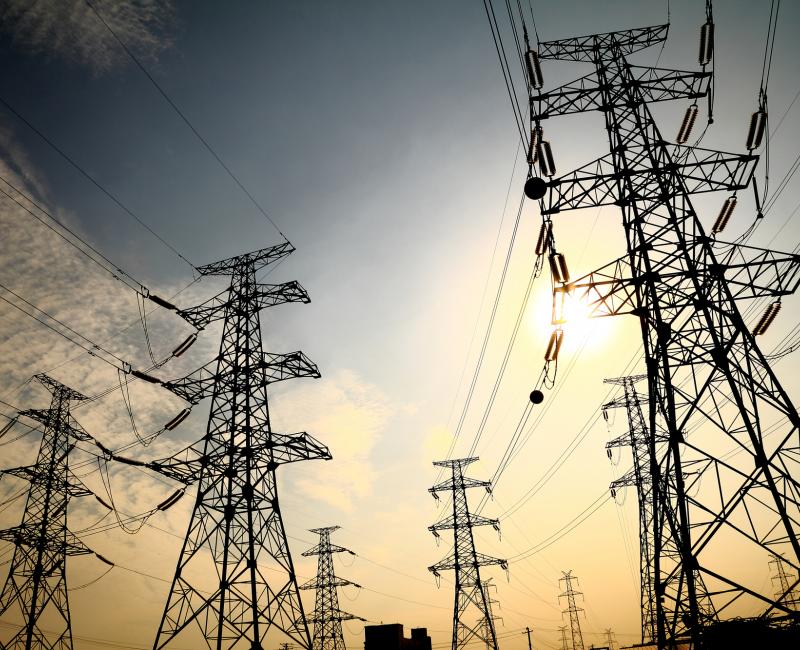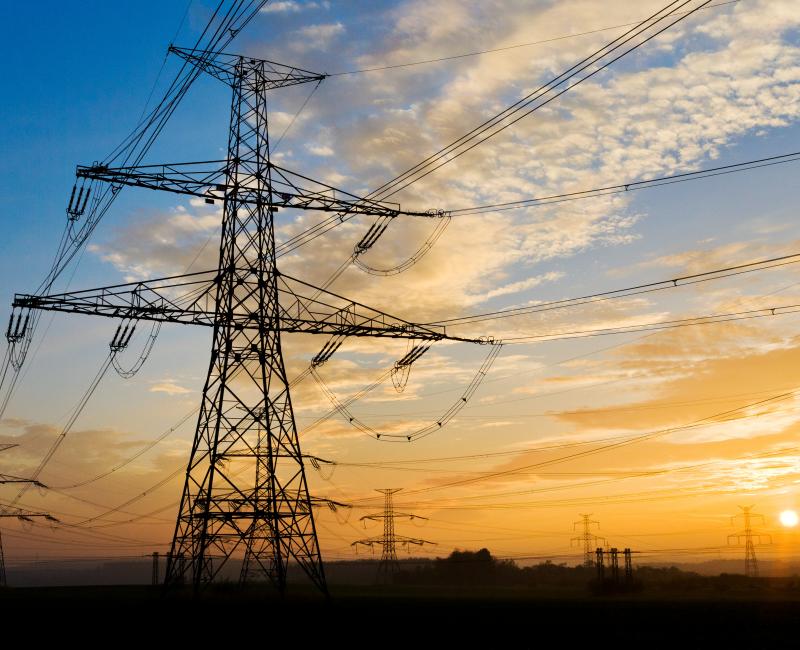ACER’s decision seeks to improve risk hedging opportunities on the bidding zone borders between Finland and Sweden

ACER’s decision seeks to improve risk hedging opportunities on the bidding zone borders between Finland and Sweden
What is it about?
The EU Agency for the Cooperation of Energy Regulators (ACER) has reached a decision on how to address the insufficient risk hedging opportunities on the bidding zone borders between Finland and Sweden.
An assessment performed by the National Regulatory Authorities (NRAs) indicated insufficient hedging opportunities in the Finnish bidding zone. To improve such opportunities, NRAs can request their Transmission System Operators (TSOs) either to issue long-term transmission rights (LTTRs) or to ensure the availability of other long-term cross-zonal hedging products that support the functioning of the wholesale electricity markets. As the NRAs could not reach an agreement on this matter, they have referred to ACER for decision.
What is ACER’s recommended solution?
Having assessed the case, ACER considered that issuing LTTRs on the bidding zone borders between Finland and Sweden would come with considerable risks for the existing electricity forward market design in the Nordic region. ACER also noted that there are other less intrusive measures that could be at least as effective in improving hedging opportunities; for example measures to support the existing contracts for difference, called Electricity Price Area Differentials (EPADs).
ACER’s decision requests the Finnish and the Swedish TSOs not to issue LTTRs but instead to ensure the availability of other long-term cross-zonal hedging products. Since EPAD coupling appears to be the most effective solution, ACER recommends the TSOs to submit a proposal for EPAD coupling to their NRAs.
What is EPAD coupling?
EPAD coupling is a solution where long-term cross-zonal capacity from TSOs can be implicitly allocated in an auction of EPADs for the relevant bidding zones. With such implicit allocation, a bid for hedging demand in one bidding zone could be directly matched with a supply bid in another bidding zone if more efficient. This can ensure an optimal use of cross-zonal capacity and provides the need hedging opportunities.
ACER’s decision aims to promote long-term cross-zonal trade by improving the availability of long-term cross-zonal risk hedging opportunities on the bidding zone borders between Finland and Sweden.
Access the Decision 12-2022.


